Have you ever locked eyes with a wagging tail and felt your heart melt—only to sneeze, itch, or break into hives moments later? The dream of owning a dog can feel just out of reach for allergy sufferers. But here’s a surprising truth: you don’t have to give up on a loyal furry friend. The world of hypoallergenic dogs is more exciting and hopeful than you might think. Let’s unravel how allergies shape your dog choices and discover the breeds that could turn your dreams into a sniffle-free reality.
Understanding Dog Allergies: It’s Not Just About Fur
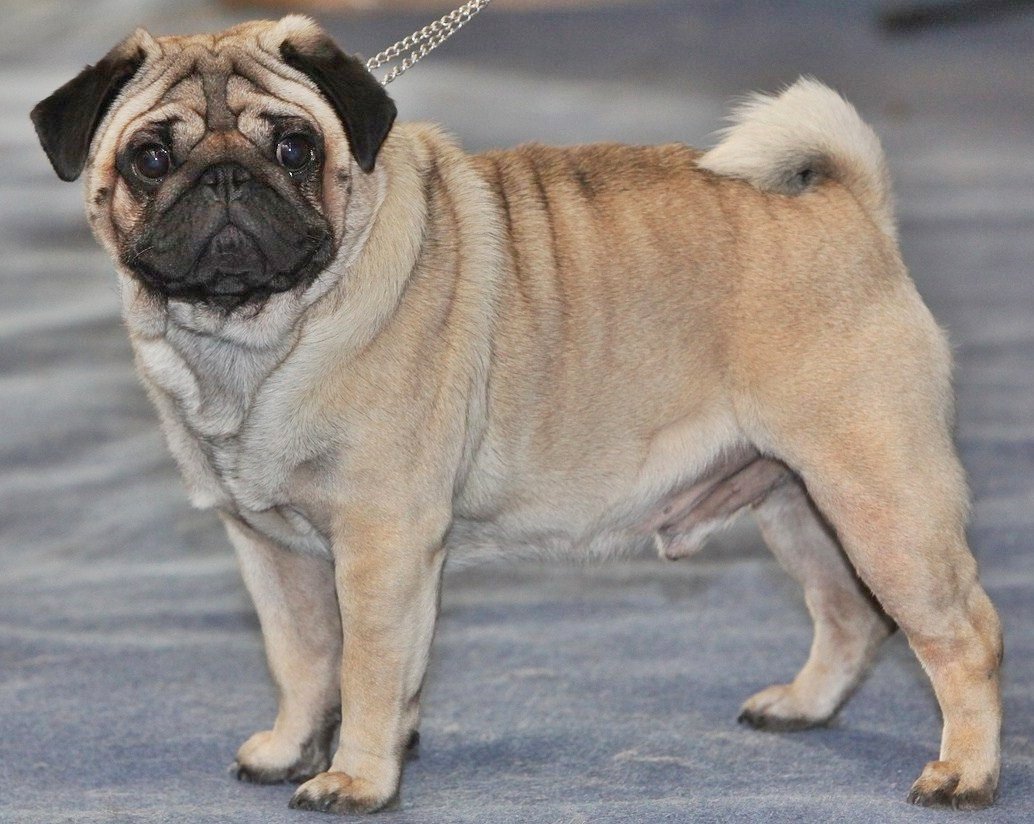
Many people believe that dog allergies are caused by fur alone, but the real culprits are proteins found in a dog’s dander, saliva, and even urine. When dogs shed skin flakes (dander), these proteins become airborne, triggering sneezing, watery eyes, or worse for sensitive individuals. It’s shocking how such tiny particles can create such big problems. Even short-haired or hairless breeds can cause reactions if they produce a lot of dander. Knowing this, it’s clear that the allergy issue goes deeper than simply choosing a dog with less hair. If you or your family experience symptoms around dogs, understanding the true cause can help you make a smarter, happier choice.
What Does “Hypoallergenic” Really Mean?

The term “hypoallergenic” gets thrown around a lot, especially in pet stores and online ads. But here’s the catch: no dog is 100% allergy-proof. Hypoallergenic dogs are simply breeds that tend to produce fewer allergens or shed less dander. This means they’re less likely to trigger allergies, but there’s still a small risk involved. For families desperate for a solution, these breeds often feel like a miracle. However, expectations need to be realistic—hypoallergenic doesn’t mean magic, but it sure offers hope and relief for many dog lovers.
Signs You Might Be Allergic to Dogs
If you’re not sure whether you have a dog allergy, the signs can range from mild to severe. Common symptoms include sneezing, runny nose, itchy eyes, skin rashes, and even asthma attacks in some cases. Sometimes, people mistake these reactions for seasonal allergies or colds, only to realize the true cause when they spend time around dogs. If symptoms seem to flare up after playing with a puppy or visiting a friend with pets, that’s a big clue. For some, even brief exposure can leave them miserable for days. Recognizing these signs early is crucial for choosing the right dog and preparing your home.
Popular Hypoallergenic Dog Breeds
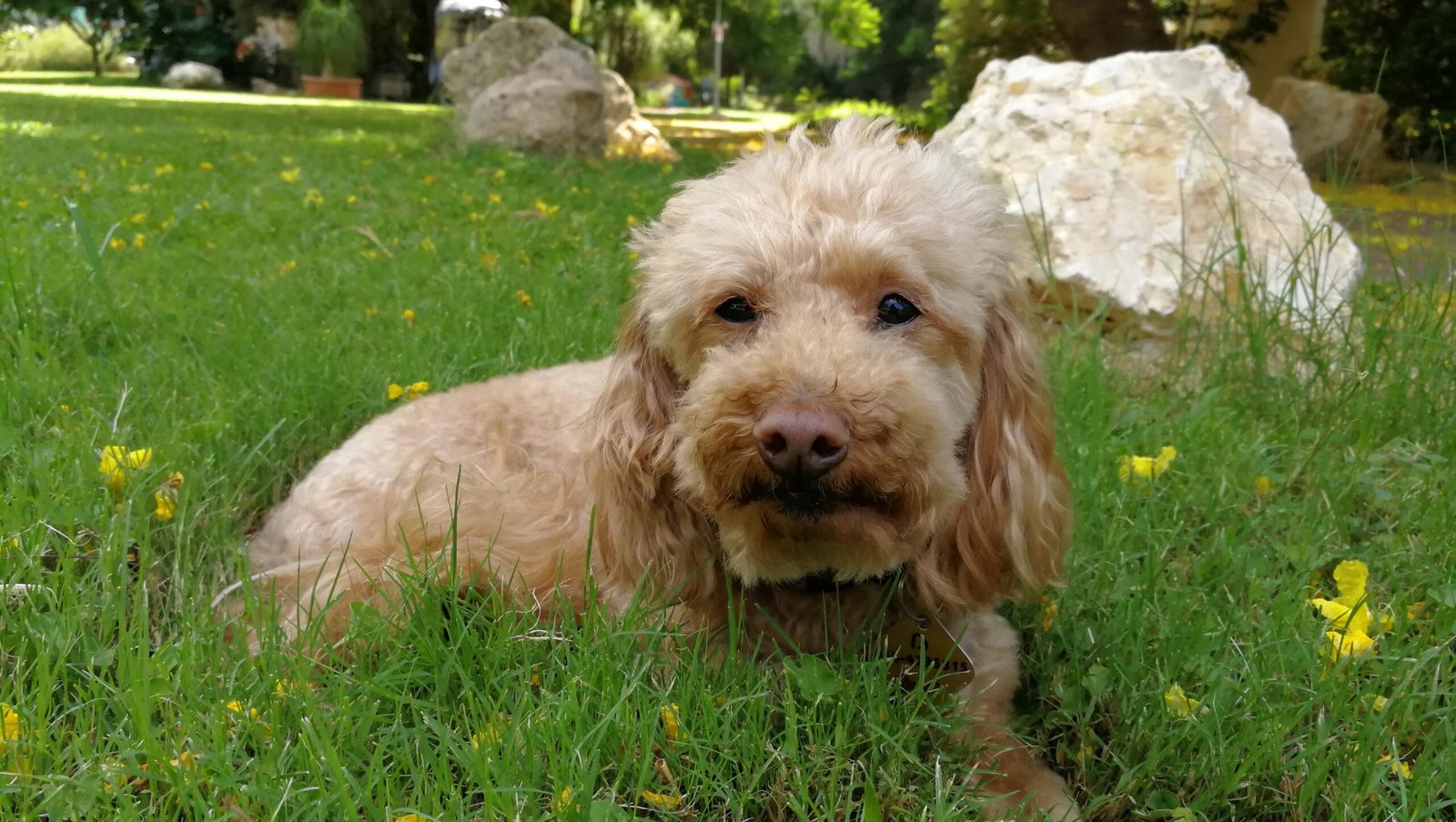
Dog lovers rejoice—there are several breeds celebrated for being hypoallergenic! The Poodle tops the list, available in toy, miniature, and standard sizes. Their curly coat traps dander, making them a favorite for allergy-prone families. The Bichon Frise, with its fluffy white curls, sheds very little and is gentle on allergies. The Schnauzer, Maltese, and Soft-Coated Wheaten Terrier also get high marks for being easier on sensitive noses. Even the spirited Portuguese Water Dog and the eye-catching Afghan Hound are considered hypoallergenic. Each of these breeds has its own personality, so there’s hope for every allergy sufferer to find their perfect match.
Mixed Breeds and Designer Dogs: Are They Safer?
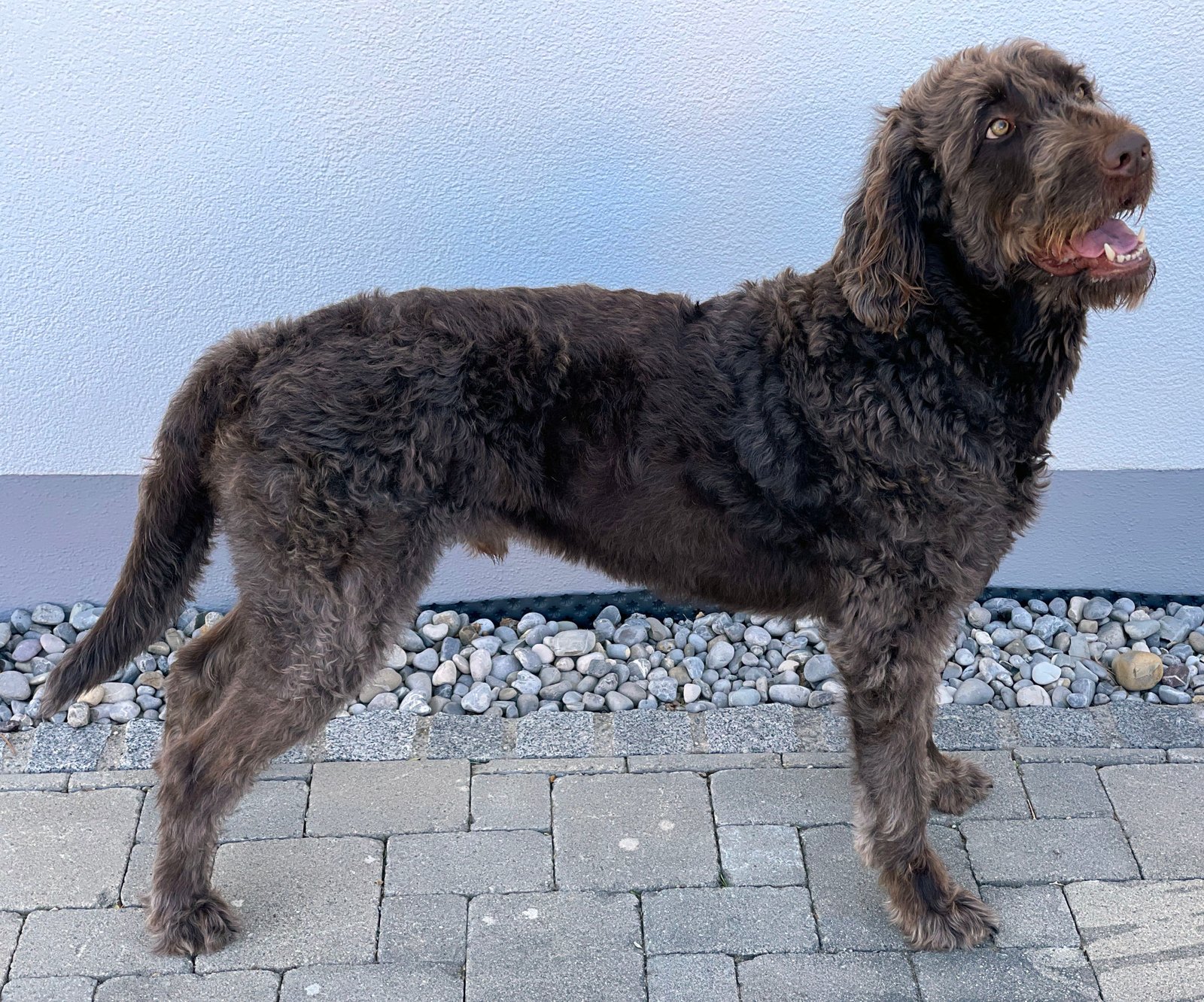
In recent years, “designer” dogs like Labradoodles and Goldendoodles have become wildly popular among allergy sufferers. These mixes combine poodles with other breeds, aiming for the best of both worlds: lovable temperament and reduced shedding. However, genetics can be unpredictable. Not every Labradoodle will inherit the poodle’s hypoallergenic coat—some shed more than others. Meeting the puppy’s parents and spending time with the litter can help you gauge your own reaction. While mixed breeds are promising, it’s smart to approach adoption with an open mind and realistic expectations.
How Grooming Affects Allergies
Regular grooming plays a huge role in reducing allergens, no matter which breed you choose. Frequent baths and brushing remove loose hair and dander before they can become airborne. Professional grooming can make a world of difference, especially for curly or long-haired breeds. Wiping your dog’s paws after walks and keeping their bedding clean also helps minimize allergen buildup in your home. For many allergy sufferers, these routines become second nature—and the reward is a closer, more comfortable bond with their dog.
Tips for Managing Allergies at Home
You can take practical steps to reduce allergens in your living space. Using high-efficiency HEPA air filters, keeping dogs out of bedrooms, and frequently vacuuming carpets and furniture all make a big impact. Wash your hands after petting your dog, and consider hard flooring instead of carpet for easier cleaning. Some families even create “dog-free zones” in certain rooms to provide relief. These changes may feel overwhelming at first, but they quickly become routine for people who want the joy of a dog without the misery of constant allergies.
Myths About Hypoallergenic Dogs
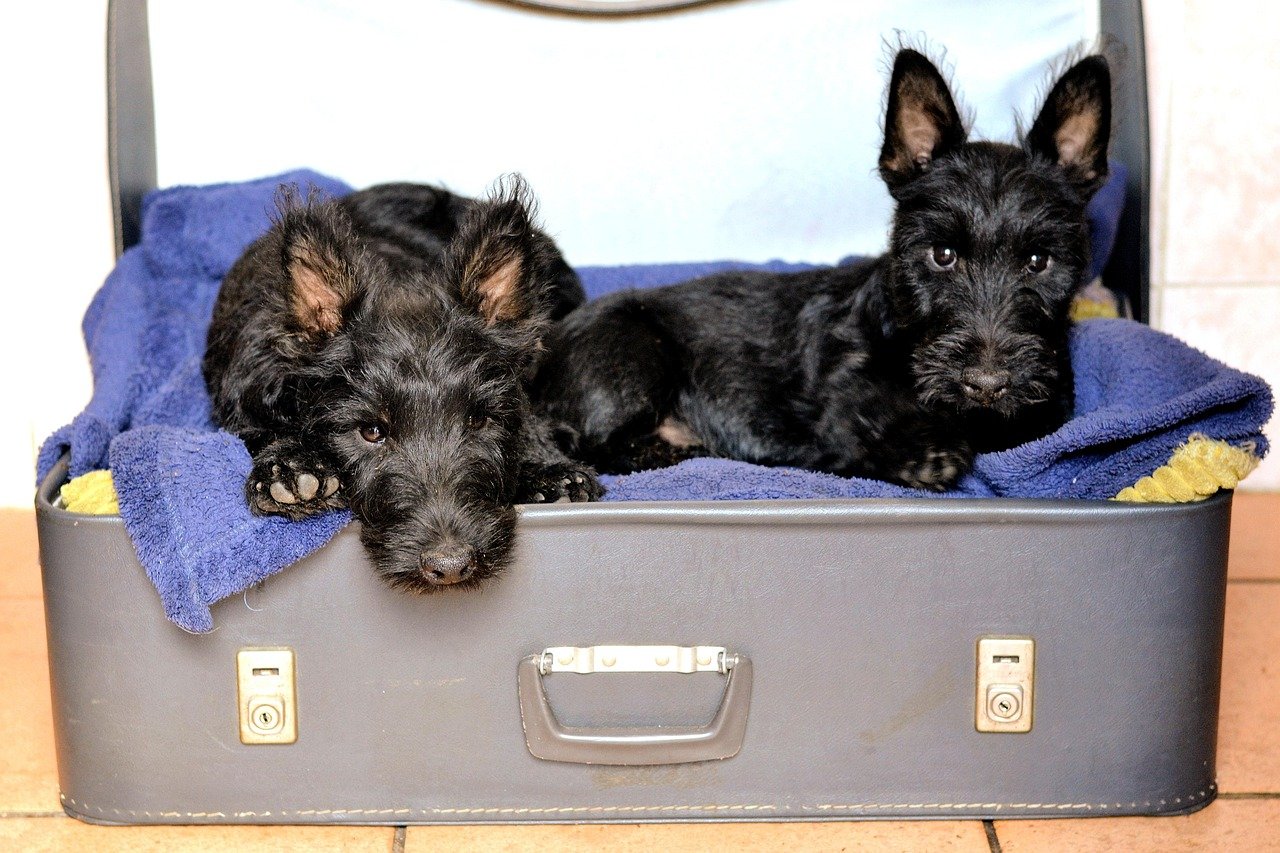
There are plenty of myths floating around about hypoallergenic dogs. Some people think that hairless breeds like the Chinese Crested are the safest, but they can still produce dander. Others believe that small dogs are always better for allergies, but size doesn’t determine allergen levels—coat type and grooming matter more. Even so-called “non-shedding” dogs can trigger allergies if their skin is dry or not properly cared for. It’s important to separate fact from fiction to avoid disappointment and make the best decision for your family.
Visiting Shelters and Meeting Dogs Safely
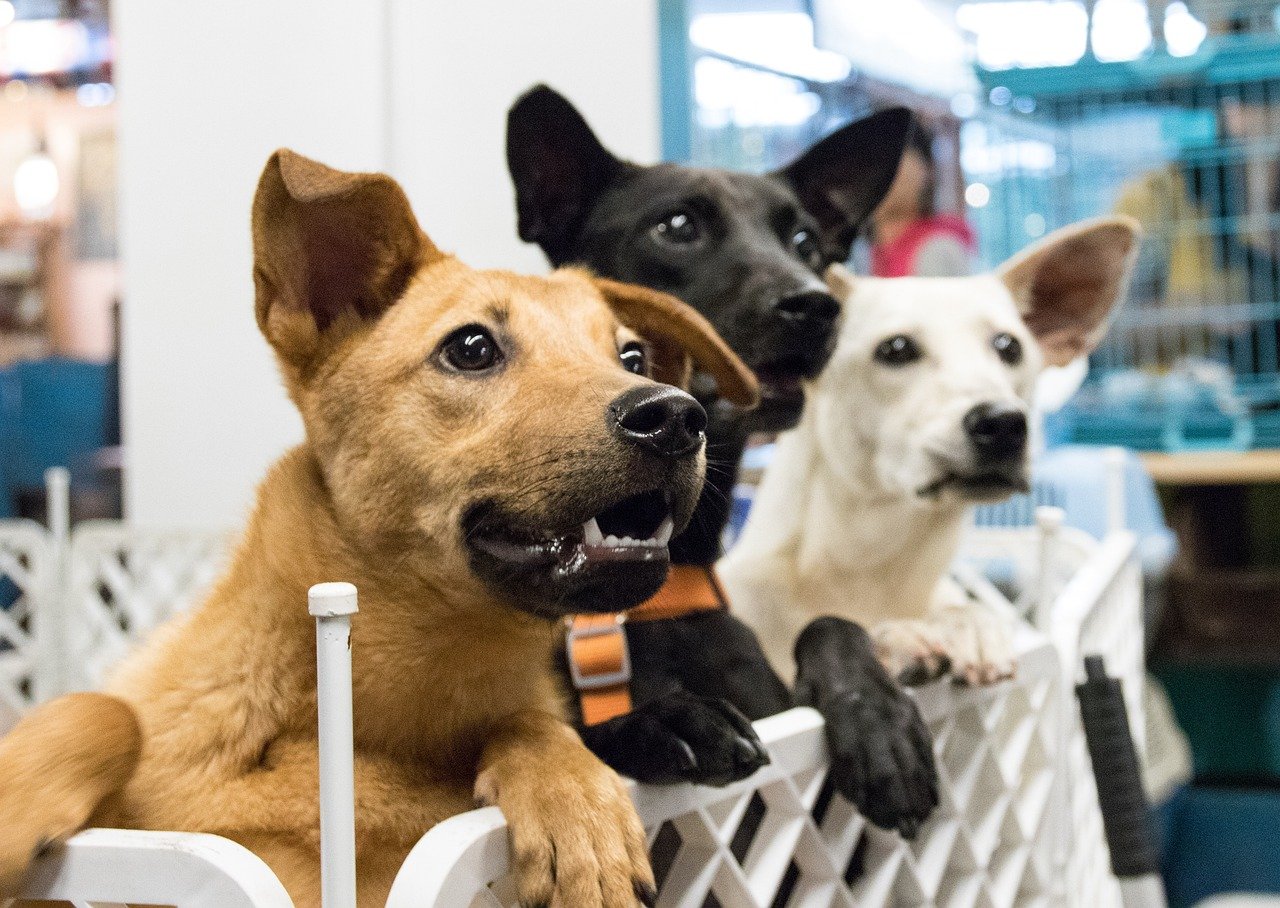
Before committing to a dog, spending time around different breeds can be eye-opening. Many shelters and breeders allow visits so you can interact with dogs and monitor your body’s response. Bring tissues, just in case, and pay close attention to how you feel during and after the visit. Some people find that they react less strongly to certain individual dogs, even within the same breed. Taking your time with this step is not just wise—it can be the difference between years of happiness and constant discomfort.
Children, Allergies, and Dogs: Special Considerations
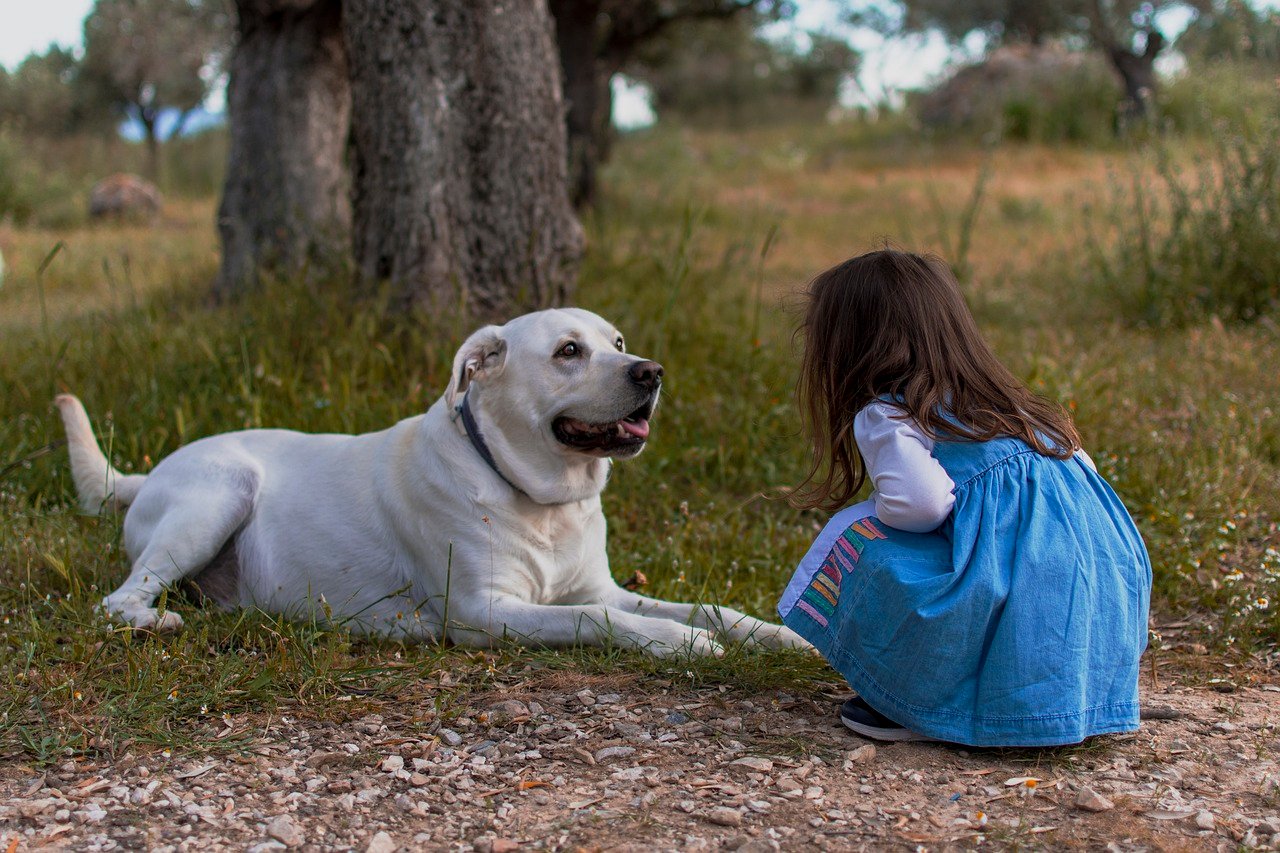
If your child has allergies, choosing the right dog becomes even more critical. Allergies can affect kids’ sleep, school performance, and overall happiness. Parents often worry about exposing their children to potential triggers, but hypoallergenic breeds offer a glimmer of hope. Involving children in grooming and cleaning routines can teach responsibility and help manage symptoms. Always consult with your child’s doctor before bringing a new dog home, and consider allergy testing if you’re unsure about their sensitivities.
Are Hypoallergenic Dogs Right for You?
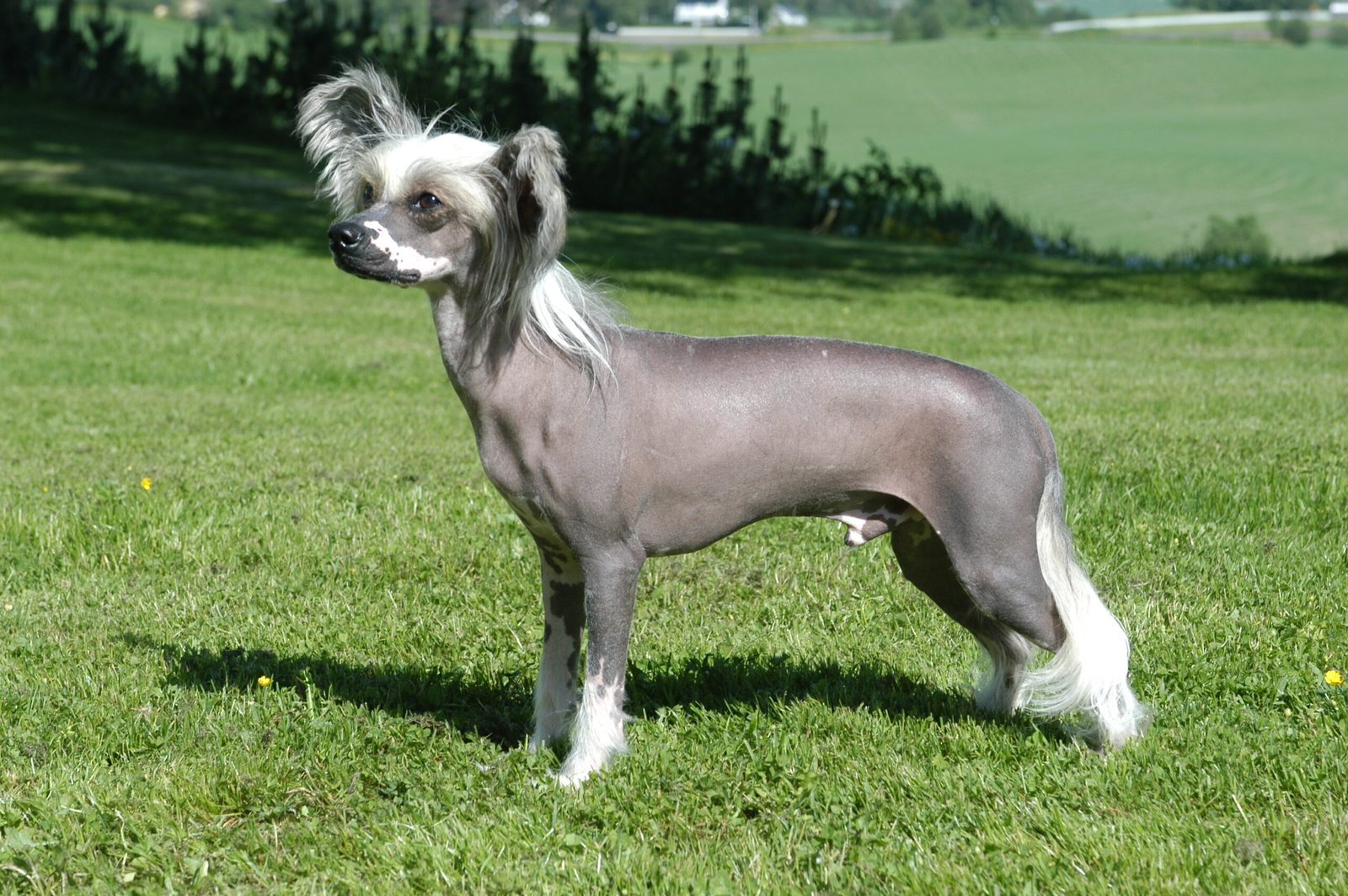
Choosing a hypoallergenic dog is a deeply personal decision shaped by your health, lifestyle, and heart. For those who’ve always dreamed of a canine companion but feared the sneezes and sniffles, these breeds can be life-changing. It’s inspiring to see families and individuals finally able to welcome a dog into their lives after years of hesitation. With realistic expectations, thoughtful preparation, and a bit of patience, the right dog can bring endless joy—minus the misery of allergies.
If you’ve got allergies but still dream of having a dog, don’t worry—you’ve got options! Hypoallergenic breeds might not be totally allergen-free, but they shed less and produce fewer allergens, making life a lot easier for sensitive noses. With a bit of research and regular grooming, you can find a pup that won’t leave you sneezing. It’s all about balancing your health needs with your love for dogs. Yes—you can be a dog person without the itchy eyes!

Andrew Alpin from India is the Brand Manager of Doggo digest. Andrew is an experienced content specialist and social media manager with a passion for writing. His forte includes health and wellness, Travel, Animals, and Nature. A nature nomad, Andrew is obsessed with mountains and loves high-altitude trekking. He has been on several Himalayan treks in India including the Everest Base Camp in Nepal.






